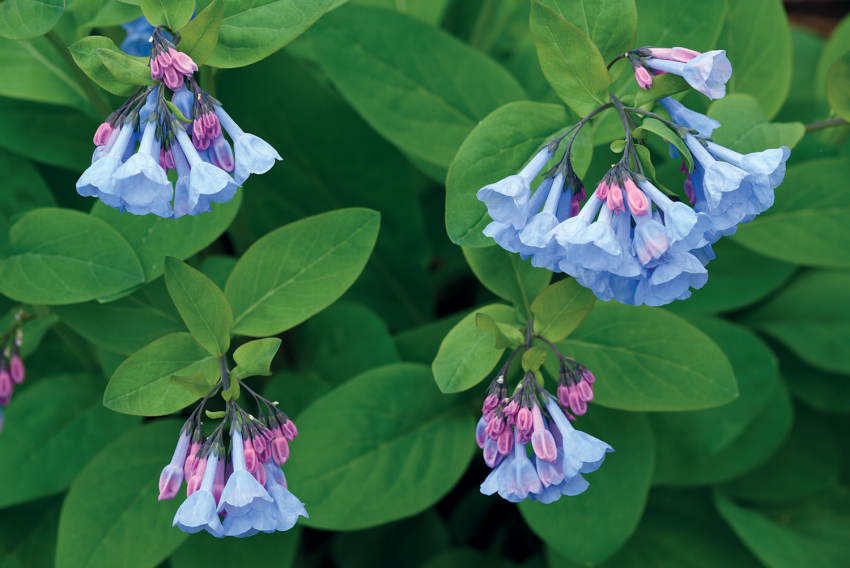Virginia, known for its stunning natural beauty and diverse ecosystems, is home to a wide array of native plants. From the rolling Blue Ridge Mountains to the coastal plains and everything in between, the state boasts a rich botanical heritage. In this article, we will delve into the fascinating world of Virginia native plants, exploring their significance, beauty, and the role they play in the local environment. Join us on this captivating journey through Virginia’s botanical wonders.
The Importance of Virginia Native Plants
Native plants are the foundation of a healthy and thriving ecosystem, and Virginia is blessed with an abundance of them. These plants have adapted over time to the local climate, soil conditions, and wildlife, making them uniquely suited for their environment. One of the key advantages of native plants is their ability to support local wildlife, including birds, insects, and mammals, by providing essential food sources and habitat.
Moreover, Virginia’s native plants are integral to maintaining biodiversity. They contribute to the intricate web of relationships within ecosystems, playing a crucial role in pollination, seed dispersal, and nutrient cycling. By cultivating native plants in our gardens and landscapes, we can create vibrant and sustainable environments that benefit both humans and wildlife.

Spectacular Virginia Native Flora
From the majestic American Holly (Ilex opaca) to the delicate Virginia Bluebells (Mertensia virginica), Virginia is home to a dazzling array of native flora. Let’s explore some of the most captivating species that grace the landscapes of the Old Dominion.
The Virginia Blue Ridge Mountains showcase an extraordinary diversity of plants, including iconic species like the Flame Azalea (Rhododendron calendulaceum), known for its vibrant orange flowers that light up the forests in late spring. Another native gem is the Pink Lady’s Slipper (Cypripedium acaule), an enchanting orchid with delicate pink blooms that can be found nestled among the forest floor.
Moving to the coastal regions, we encounter the stunning seaside Goldenrod (Solidago sempervirens), a tall and elegant perennial that thrives in the sandy soils. Along the Chesapeake Bay, the Saltmeadow Cordgrass (Spartina patens) creates lush salt marshes, providing vital habitat for a variety of wildlife, such as migratory birds and shellfish.
Conservation and Cultivation of Virginia Native Plants
Preserving and promoting Virginia’s native plants is crucial for the future of our ecosystems. Organizations and initiatives across the state are actively involved in conservation efforts, including seed banks, habitat restoration projects, and educational campaigns.
As individuals, we can contribute to the conservation of native plants by incorporating them into our landscapes and gardens. By choosing native species, we not only create beautiful and resilient gardens but also reduce the need for excessive watering, fertilizers, and pesticides. Native plants are adapted to local conditions, making them hardier and more resistant to pests and diseases.

In addition to their environmental benefits, native plants also have aesthetic appeal. Their unique forms, colors, and textures add character to our landscapes and create a sense of place. By embracing native plants, we connect with the natural heritage of Virginia and become stewards of our environment.
Conclusion
Virginia native plants are a source of wonder, beauty, and ecological significance. They contribute to the health and resilience of our ecosystems, provide habitat and food for wildlife, and create unique and captivating landscapes. By exploring and cultivating these native treasures, we can preserve the natural heritage of Virginia and create sustainable environments that benefit both nature and ourselves. Let us celebrate the diverse flora that graces the lands of the Old Dominion and embark on a journey to protect and cherish our native plants.


